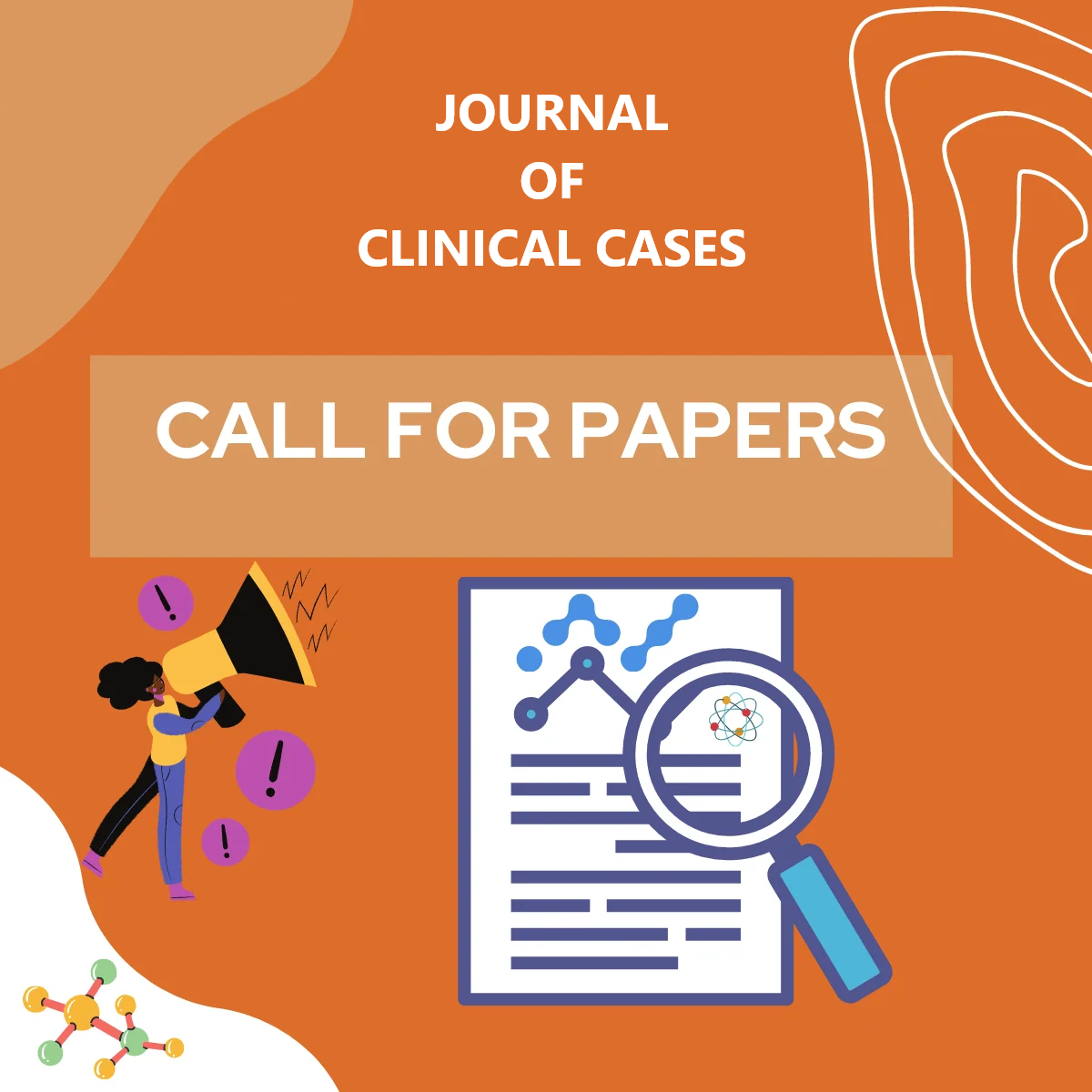Journal Citations
- Crossref
- PubMed
- Semantic Scholar
- Google Scholar
- Academia
- SCRIBD
- ISSUU
- Publons
- MENDELEY
Share This Page
Journal Page

An Audit of Pressure Ulcer in Tertiary Care Hospital
Rateesh Sareen* and G N Gupta
Departments:
D.N.B Pathology, Department of Pathology and Transfusion Medicine,
Santokba Durlabhji Hospital, Jaipur, Rajasthan, India
Corresponding Author: Rateesh Sareen, D.N.B Pathology,
Published Date: 01 Nov 2023; Received Date: 06 Oct 2023
ABSTRACT
Introduction: The pressure ulcers are a serious problem in any hospital setting. The main aim of audits is to assess the magnitude of problem and reduce the number of severity of pressure ulcers.
Material & Methods: The audit was conducted to examine whether monitoring for pressure ulcer has been done meticulously and its overall impact on patient care/ outcome. The audit was performed on in house admitted patients for three consecutive years. A systematic random sampling was done where we took last three months of both years 2019 and 2020 for audit. In order to assess 2021 year we took initial 3 month period i.e Jan – March, 2021. The assessment sheet including various checklists duly filled by the nursing team was in a questionnaire format.A total of 252 patients over three year period were included in the study. All in house patients’ irrespective of age or sex with pressure damage either at the time of admission or later subsequently during their stay in the hospital.
Results: Nearly fifty percent of the patients had pressure sore at the time of admission; the incidence was more or less same for three years studied. The most common site of involvement was buttocks ( bilateral or single ) followed by sacrum and later multiple sites. The most common Braden score group was between score 10 to score 14 for the years 2019 & 2020 whereas for the year 2021 score 11 & 12 were the most common ones. The most common PUSH score in 2019 was score 9 with 6.93% individuals, in 2020 it was score 10 with 9.17% and for 2021 it was score 7 with 7.14% patients. Grade 2 pressure ulcer were the most commonly graded pressure injury in all three years ( 53.46 % in 2019, 57.79%in 2020 and 54.76% in 2021 year) .Incontinence associated dermatitis (IAD) and Medical device related skin injuries ( MARSI) were also noted with incidence of 17.82%( 18/101), 16.51%( 18/109) and 19.05% (8/42) in three consecutive years. The risk assessment was done by the help of questionnaire showed complete documentation with respect to ulcer risk, skin assessment, individualized care plan, pressure redistribution device use and nutritional assessment. The nutritional and hydration assessment was carried out for majority of patients with application of topical agents in ( 95.04% in 2019, 96.33% in 2020 & 80.95% in 2021) . Most of the patients were repositioned every 24 hours 92.07% in 2019, 94.49% in 2020 & 95.24% in 2021, pressure reducing equipment like mattress was used in approximately 93 to 97 % of patients over three year period and in 66.33 % to 80.95% it was checked that devices are properly fitted or not. The skin cushioning in high risk areas was satisfactory as it was done in42.57% in 2019, 58.71% in 2020 & 64.28% in 20121 of the patients.
Conclusion: In the reassessment of patients for pressure injury development of new areas of redness or improperly fitted medical device incidence shows improvement.The nutritional assessment shows that the special diet recommendations by the dietician needs attention in near future. The strategies for minimizing friction including the use of skin cushion in high risk areas has improved from previous years along with reference to skin specialist for better management of pressure injuries in patients.

